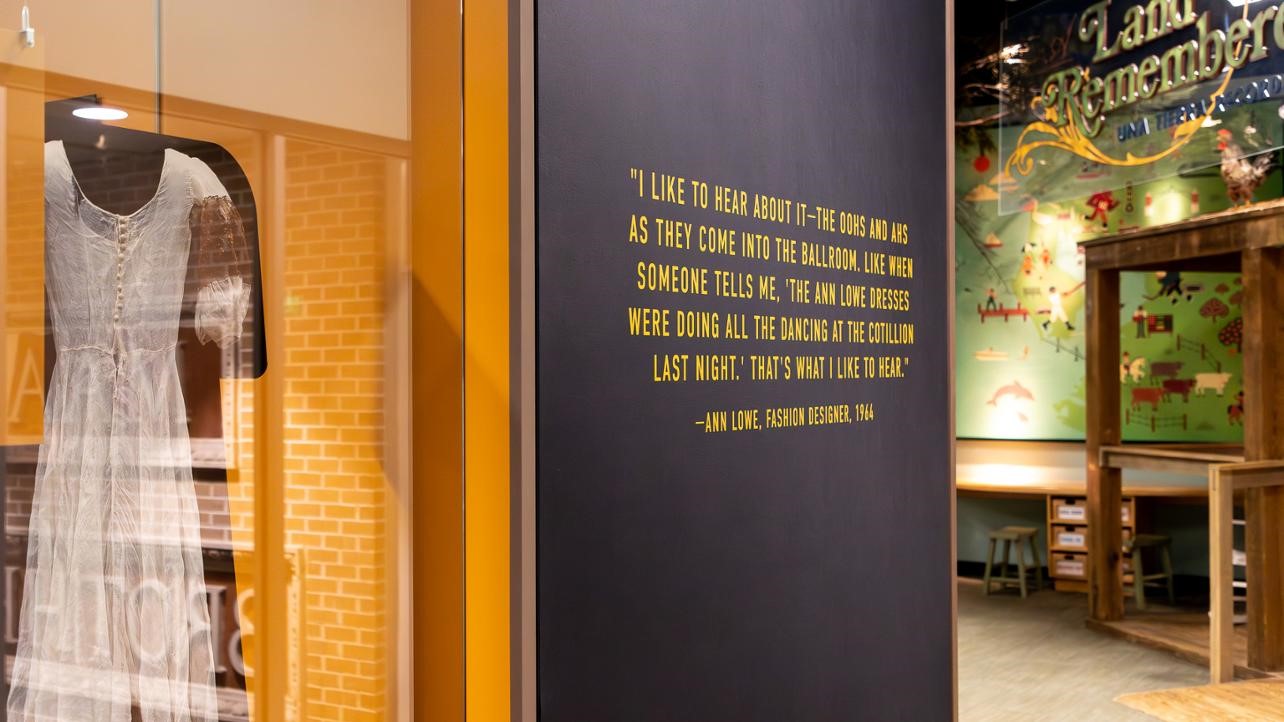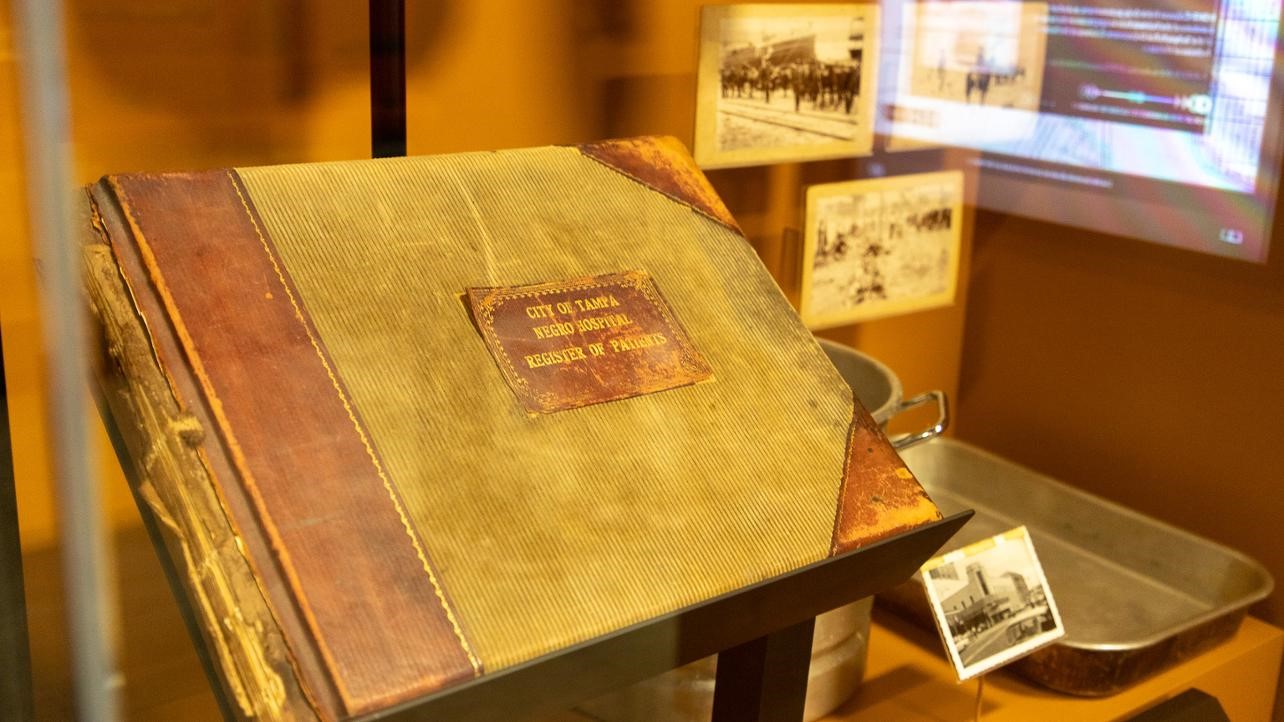Tampa Bay History Center’s newest permanent exhibit spotlights 500 years of unforeseen artifacts and local history
On the walk from Amalie Arena to our neighbors at the Tampa Bay History Center, merely a Nerf-ball toss across Water Street, I want to know more about Tampa’s bygone Central Avenue.
I’ve wanted to know more for a long time.
In its heyday, the Black business district known as the “Harlem of the South” was an enlivened and bold community of clubs, schools, local purveyors and churches. Restaurants, theaters and iconic music venues all sprung from the roots of segregation. Ray Charles, B.B. King, Ella Fitzgerald and other names legendary to any music listener’s ears toured there regularly.
And then, after decades of storied history, it was gone.
The History Center’s newest permanent exhibit, Travails and Triumphs, not only provides the answers, it dives deeper. Like, 500 years deep, reliving the communities and families that people of African descent forged throughout the Tampa Bay area. More than 100 artifacts bring rich perspectives to the jobs they worked, the adversity they fought through, and, most importantly to curators Fred Hearns and Brad Massey, the triumphs they celebrated.
“When we talk about some of the Free Blacks who came over in the 1500s, two of the names that we do know, Marino and Barreta, they came from Africa as Free Africans,” Hearns says. “Free Blacks came looking for opportunities just like everybody else. I don’t think that’s a story too many people know much about.”
The exhibit weaves powerful bits of African American history into one comprehensive story, dating back to the Spanish Hernando de Soto expedition in the 1500s, to people who escaped the British Carolinas and Georgia in the 1700s. All of which is enhanced with digital, interactive maps authentic to the time.
“We wanted a map that kind of pulled you in and that you can manipulate,” Massey explained. “That showed that it’s this Atlantic world that bridges these people. People of African descent, people of European descent, and of course people that ultimately end up here in Florida.”
There are stories like John Cavallo, or John Horse, who fought alongside Seminole leaders in the Seminole Wars of the early 1800s. Clara Frye, was the nurse and founder of the Tampa Negro Hospital in 1908. Tampa’s longshoremen, worked and ran the docks in the 1900s. Ann Lowe, a fashion designer whose Gasparilla dresses rose to such lofty heights that she would go on to design a dress for Jacqueline Kennedy.

Even Hearns’ own Middleton High letterman jacket sits on display, the county’s first high school established for Black students in the segregation era. And of course, the exhibit shines light on today’s generation, full of moments like the Black Lives Matter movement, or the Lightning’s own historic all-Black line of 2021.
It’s all an alluring and eye-opening time capsule of centuries-old local history-impossible remnants of impact and change. And as things continue to change very quickly in Tampa, I ask Hearns if there are lessons to be learned here, especially in preserving Tampa’s coveted historic neighborhoods today.
“Building goodwill and working with each other.”

Hearns then turns his thoughts to the legendary activist and “Mayor of Central Avenue” Moses White.
“Moses White used to feed kids, hungry kids, who didn’t have any money. You’re not going to make any money giving away three hot dogs for a quarter. But he told his sons, ‘We have to support each other. We support them. They support us. Because when they get on their feet, they’re going to remember you.'”
Source: nhl.com


